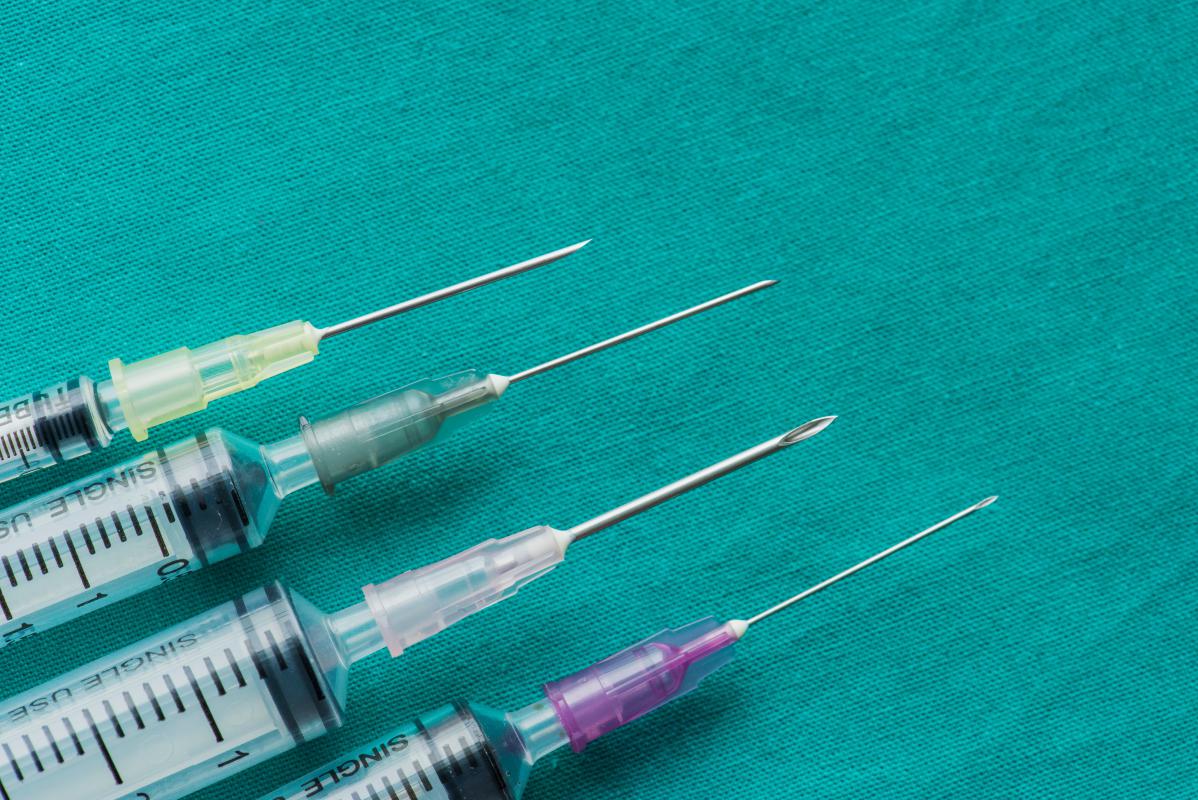
Detection of Silicone Oil Residues in Medical Needles: Clinical Safety Methods
Detection of Silicone Oil Residues in Medical Needles: Clinical Safety Methods
Contents
In modern medicine, injections are one of the most frequently performed procedures. But even a standard medical needle can hide a risk: silicone oil residue. So why does this occur, how is it detected, and what methods are used as part of medical analysis to ensure safety?
Why Is Silicone Oil Used?
Silicone oil is applied during needle manufacturing to reduce friction and ease skin penetration. While this improves comfort during injections, it may lead to complications if residue is not properly controlled.
What Are the Clinical Risks?
Improperly applied or excessive silicone oil may enter the body, especially in sensitive procedures like intravitreal injections. Potential complications include:
- Inflammation
- Particulate reactions
- Immune response activation
How Is Silicone Oil Residue Tested?
As part of standard medical product testing, laboratories apply the following procedures:
1. Washing and Extraction
The needle is rinsed with a solvent to extract surface silicone residues.
2. Spectrophotometric Quantification
Concentration is measured using UV/VIS or IR spectroscopy.
3. Microscopic Observation
Particulate silicone is examined under optical or electron microscopy.
Why Are Medical Product Tests Critical?
Medical product tests ensure not just regulatory compliance but also patient safety. For single-use sterile devices, silicone particulates represent a real risk. Therefore, medical product analysis must include silicone oil residue checks.
Regulatory Standards
International guidelines like ISO 11040-4, ISO 8871-1, and USP <797> define critical parameters for silicone oil application in medical devices. Compliance is mandatory for safe market release.
Detecting the Invisible Means Ensuring Safety
Preventing unseen risks in medical needles is only possible through expert medical analysis. Successful clinical outcomes depend on robust testing and product validation.
Frequently Asked Questions
1. Is silicone residue found in all needles?
No. Proper application reduces this risk, but it should always be verified.
2. Is silicone residue testing mandatory?
It is strongly recommended for high-risk procedures like ocular or intravenous injections.
3. Which devices require this test?
Needles, syringes, cannulas, and intradermal injectors should all be tested.
Things to Keep in Mind
- Use accredited laboratories for accurate testing
- Samples should be sterile and properly packaged
- Each production batch must be validated and documented

